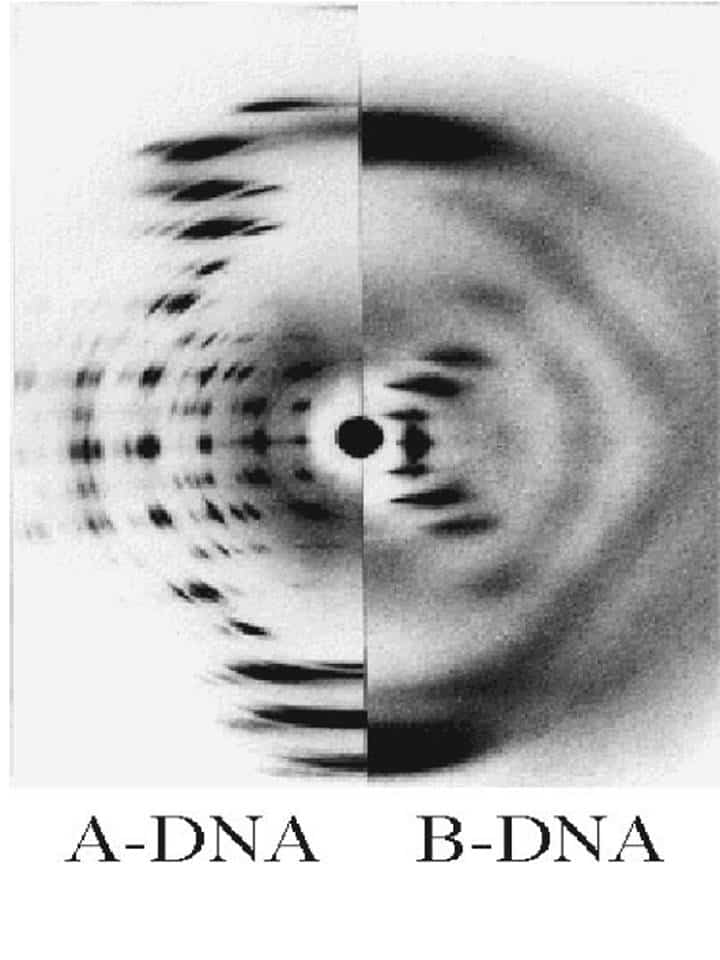
Saturday, April 25 is National DNA Day, which commemorates the 1953 publication in the journal Nature of scientific papers by James Watson, Francis Crick, Maurice Wilkins, Rosalind Franklin, and colleagues that described the molecular structure of DNA. National DNA Day, which was first celebrated in 2003 by the National Human Genome Research Institute, also marked the virtual completion of the Human Genome Project in April of that year.
Understanding the molecular structure of DNA and how it functions in living cells has been central to pursuits in the biological and biomedical sciences ever since, paving the way for the development of such innovations as genome sequencing. Such methods subsequently developed in molecular biology play a vital role in all four core areas of research and study in the UI Department of Biology. The Iowa Institute of Human Genetics and the Interdisciplinary Graduate Program in Genetics are but two additional examples of how this expertise is advanced at the University of Iowa.
In recent years the use of commercial personal DNA testing for purposes of genealogy has become very popular. UI Department of Biology Associate Professor Bryant McAllister has leveraged the popularity of these tests to create a learning opportunity for both his students as well as the general public by establishing the Personal Genome Learning Center, which conducts public outreach through the DNA Interest Group – Iowa City to make the science behind these DNA tests, as well as the results of the tests themselves, more comprehensible.
The current coronavirus pandemic crisis underscores the significance of this landmark achievement. Without understanding the structure of DNA, which encodes genetic information key to the formation of all living organisms, it would not be possible to perform the genome sequencing necessary to unambiguously characterize the SARS-Co-V-2 virus nor allow the precision testing for its presence in infected individuals. (It should be noted that although viruses are not considered alive, they do replicate with either DNA or, in the case of the coronavirus, RNA.) COVID 19 presents a monumental challenge for societies around the globe. Imagine facing this challenge in the dark without the proper understanding and tools that have taken decades to develop since the structure of DNA was first established.
Learn More About DNA and Genomics
Dawn of the Modern Age of Genetics, part 1 of the new two-part Ken Burns documentary
“The Gene: An Intimate History” (available for free streaming until May 5)
The DNA Double Helix Discovery (HHMI BioInteractive Video)
DNA Sequencing Technologies Key to the Human Genome Project
Secret of Photo 51 (PBS documentary on the contributions of Rosalind Franklin to the structure of DNA)
